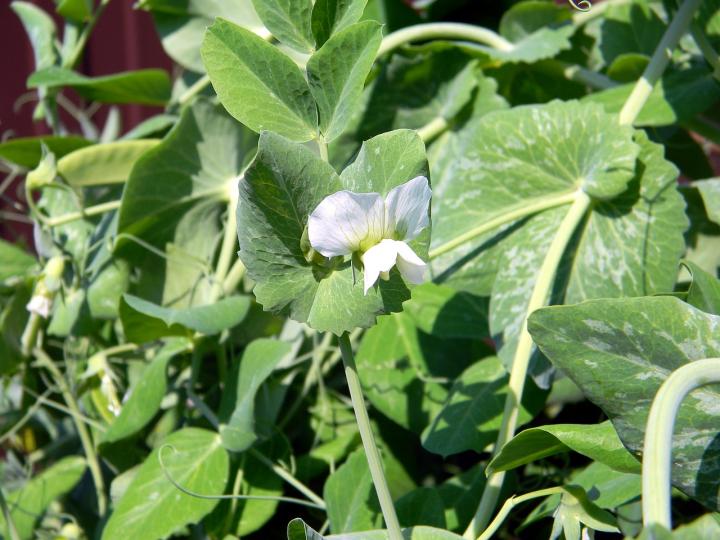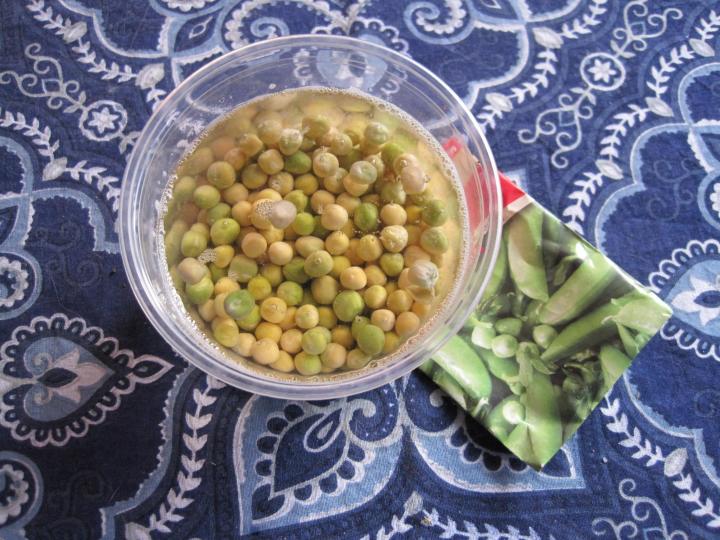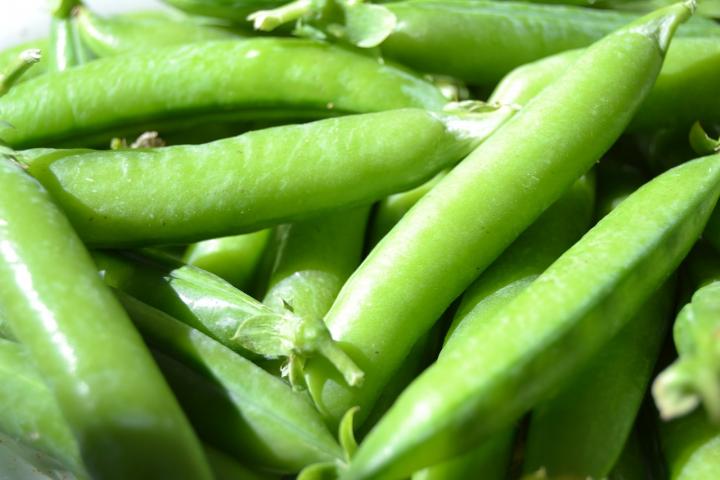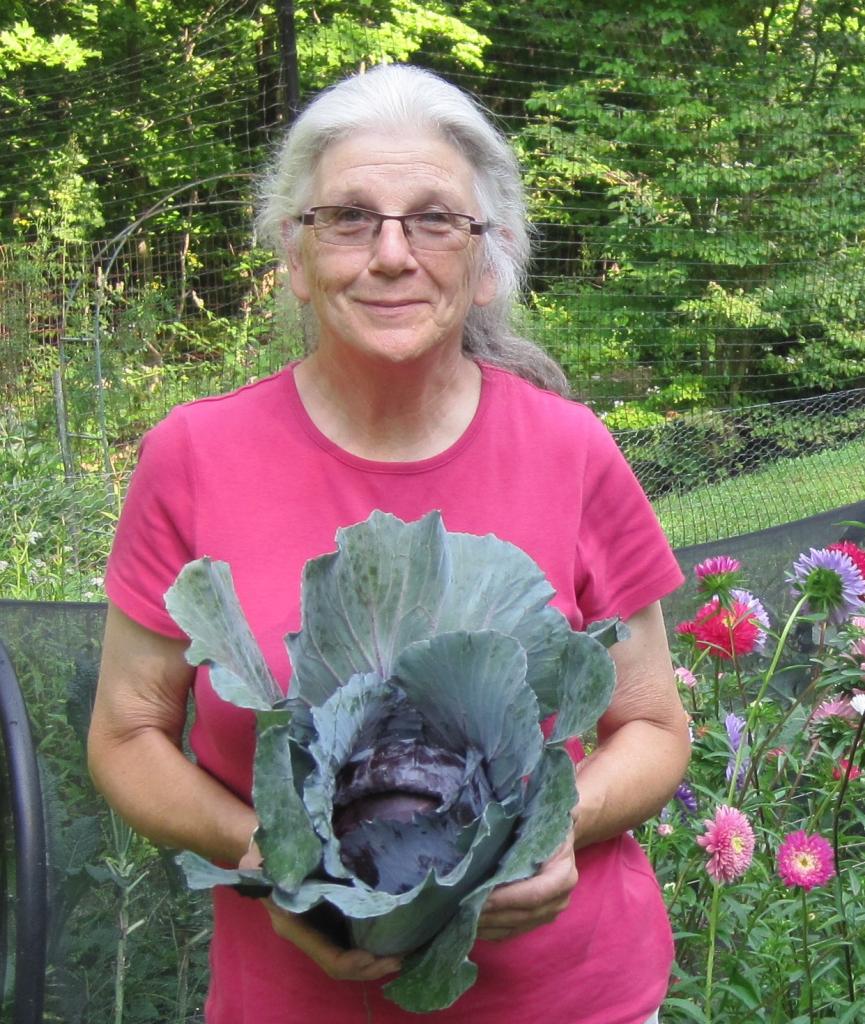When to plant garden peas? “Plant peas as soon as the ground can be worked” is a popular saying in the gardening world. Unfortunately, in my garden, that means mid- to late March! However, our fortunate southern friends can often start planting in January and February. Wherever you live, see my pea-planting tips.
When to Plant Peas
Garden peas (Pisum sativum L.) are cool-season crops that cannot withstand the heat and humidity of summer, but they CAN tolerate frosts and light freezes. For that reason, we plant the seeds very early in the winter/spring, as soon as the ground can be worked.
For a general sense of when to plant peas, check the Almanac’s Planting Calendar based on your zip code.
However, a good rule of thumb is: Wherever you live, as soon as you can stick your finger into that rich, dark brown, crumbly soil, you are generally ready to plant peas.
The garden’s temperature is also important. Two inches down, it was 52 degrees. (I love my soil thermometer!)
Peas are the first crop that I plant from seed outside and they will germinate in soil as cold as 40 degrees. Early planting makes for tender peas, and since we use raised beds, I have never had them rot, even in a wet year.

In New England, I was raised under the “never plant anything before Memorial Day” rule, so I always had terrible peas—sparse and tough.
That’s why that age-old advice that you could plant peas “as soon as the ground can be worked” really does ring true. Even if a foot of snow fell on them after planting—and it usually did—they would be fine.
Poor Man’s Fertilizer
“Poor man’s fertilizer” is what my neighbor called snow. Really? There is actually some truth to this bit of gardening lore. The falling snow absorbs ammonia from the air, breaking down as the sun melts the snow, releasing a small amount of nitric acid into the soil. French peasants used to believe that a spring snowfall was as beneficial as a coating of manure. Colonial farmers took it one step further, plowing a spring snowfall under.
Like all legumes, peas can take nitrogen directly from the air with the help of nitrogen-fixing soil bacteria. Instead of fertilizing, try moistening the seeds and rolling them in a powdered legume inoculant before planting to give these helpful bacteria a helping hand.

I soak my seeds overnight to plump them up and give them a head start toward germination.

Whatever variety you choose, edible-podded or traditional English shelling peas, plant them to mature before really hot weather sets in if you want sweet, tender peas.
Plant in full sun to ensure maximum flavor and sugar content. Once the plants are well-established, hilling up the soil at the base or using a thick layer of mulch will help keep the roots cool and prolong the harvest.
Needless to say, a few days after I planted my peas, a half inch of poor man’s fertilizer fell! Got your peas in yet?
See the Almanac’s Pea Growing Guide for information on how to plant peas, care for peas, and harvest peas!














Comments